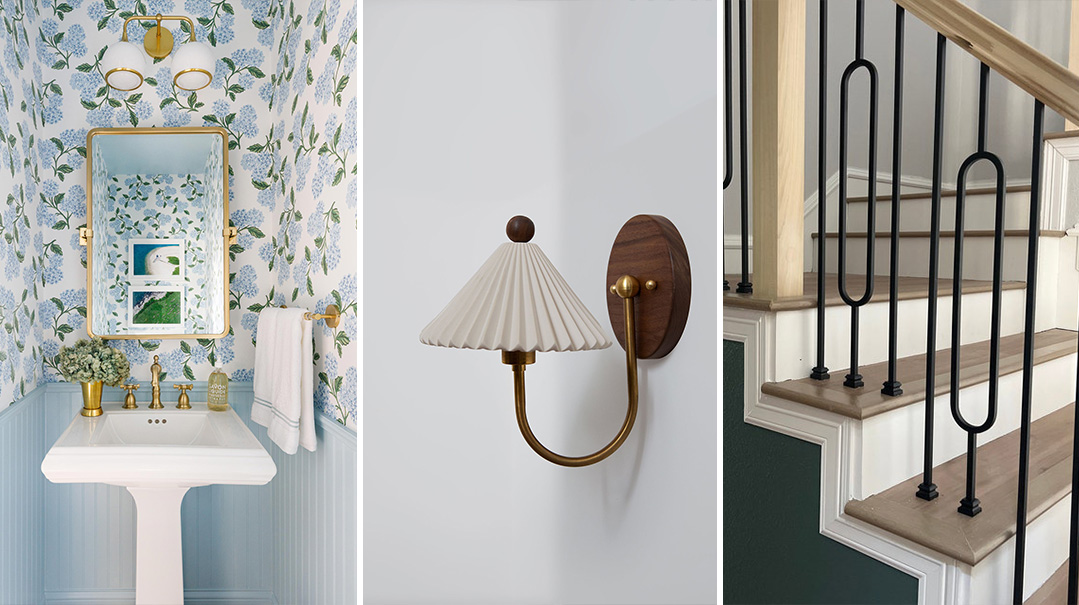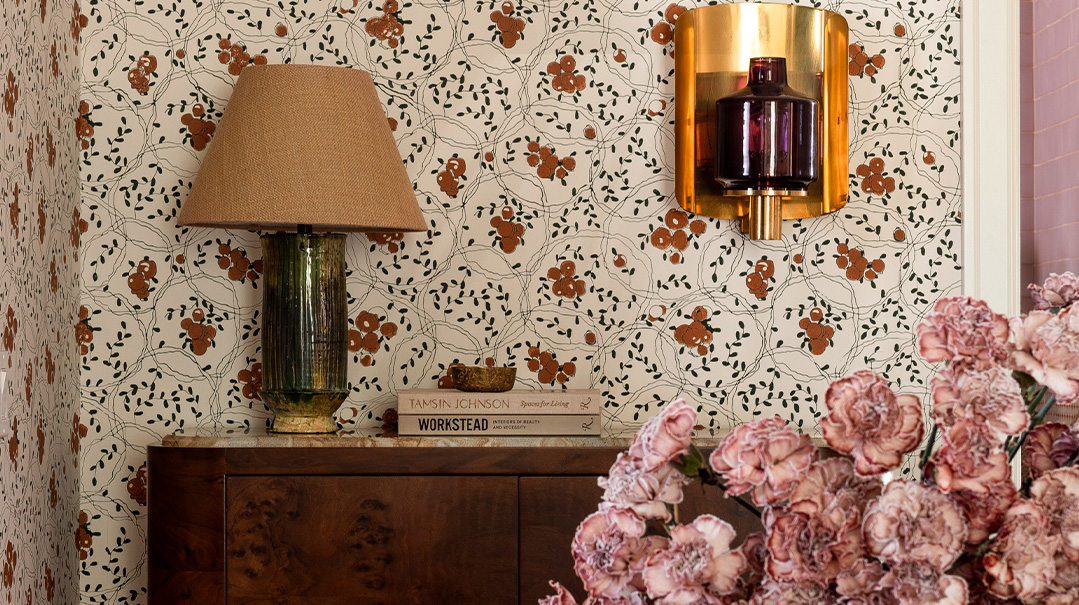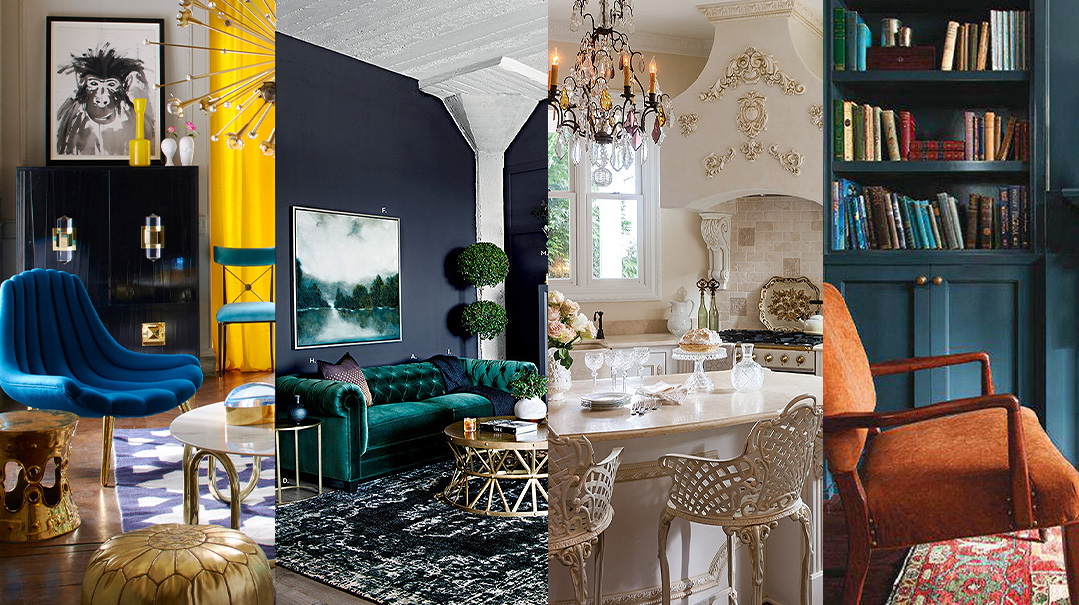Curate Your Home
| August 12, 2020Shop online, shop vintage for one-of-a-kind results
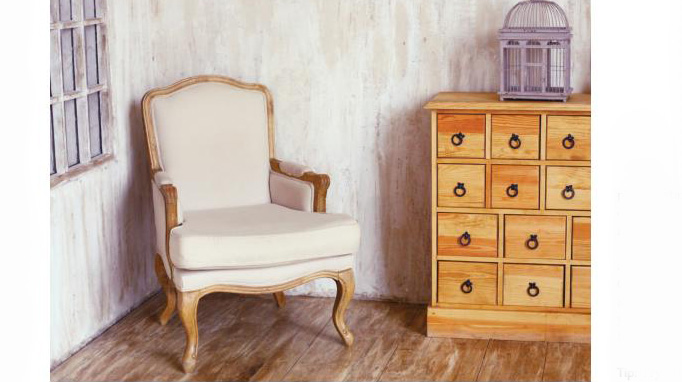
T
here’s a misconception that I encounter on a regular basis in my line of work, and that is that interior designers have a fun, easy, and slightly frivolous job. While I recognize that we aren’t emergency room doctors, we do run regular businesses just like everyone else. We manage clients, projects, budgets, and expectations just like everyone else in a service-based industry does. Yes, designing a home involves creativity and looking at pretty things, but the majority of the time we’re just doing regular business stuff, and it isn’t always fun and games.
Okay, now that I’ve gotten that out of the way — I do have some pretty things I would like to show you.
I appreciate that while someone may have a budget for new furniture, they may not also have a budget to hire a designer to put all the pieces together for them. If that’s you, listen up: I’d like to give you some insider tips to purchasing furniture online, or remotely, with a designer mindset. There are so many stores that have websites or shop-at-home options, such as Living Quarters in Brooklyn, which even offers WhatsApp meetings.
Here are some key things to look out for and to avoid when navigating the Internet for decor and furnishings.
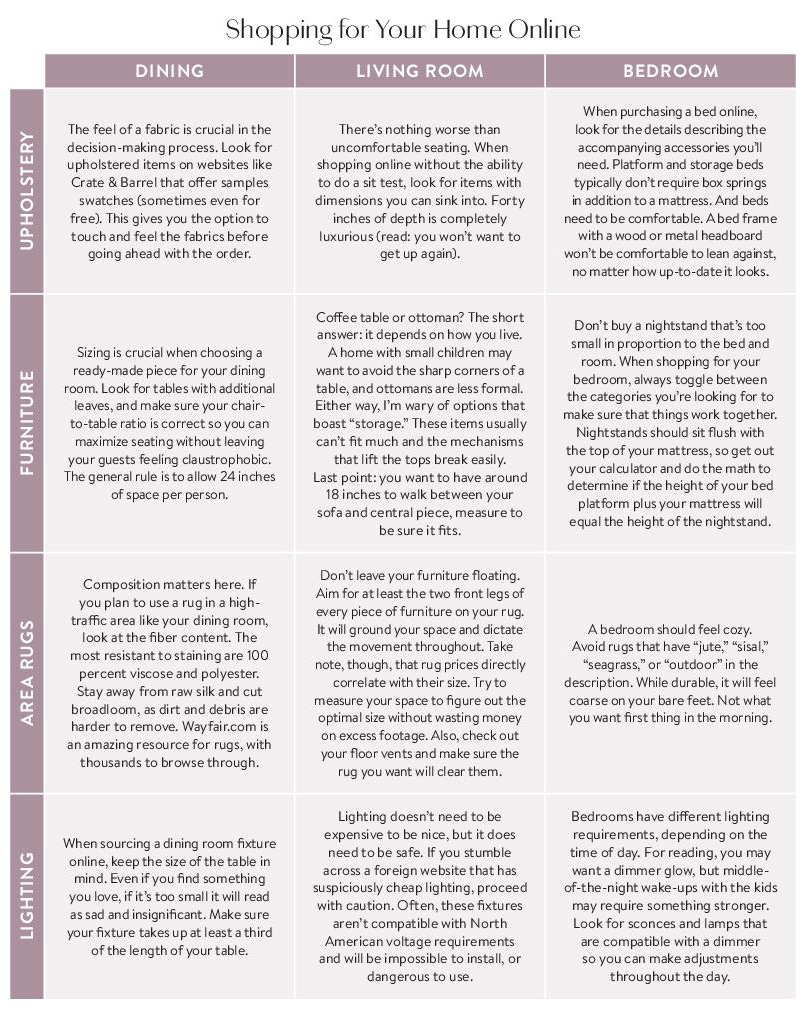
Oops! We could not locate your form.








